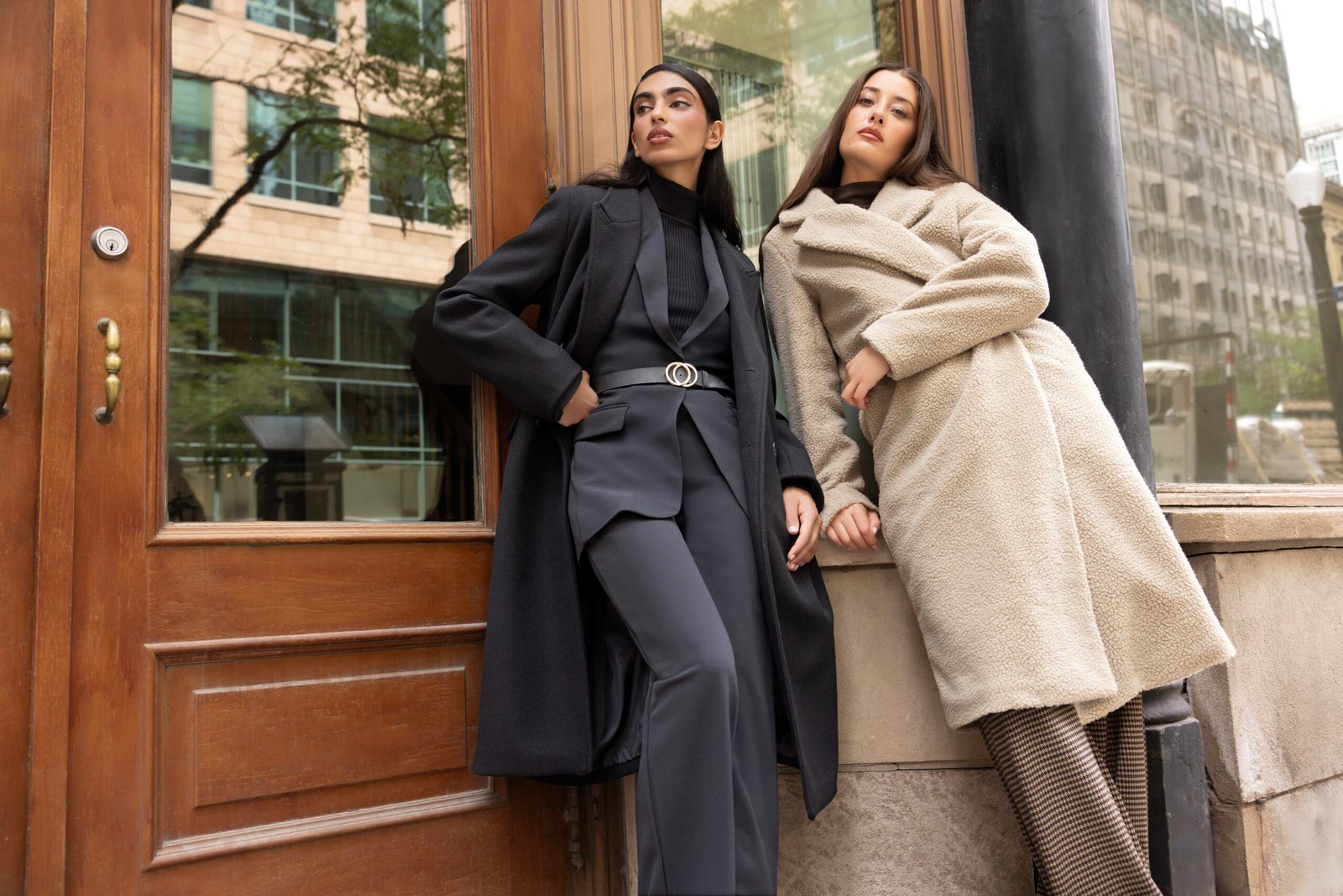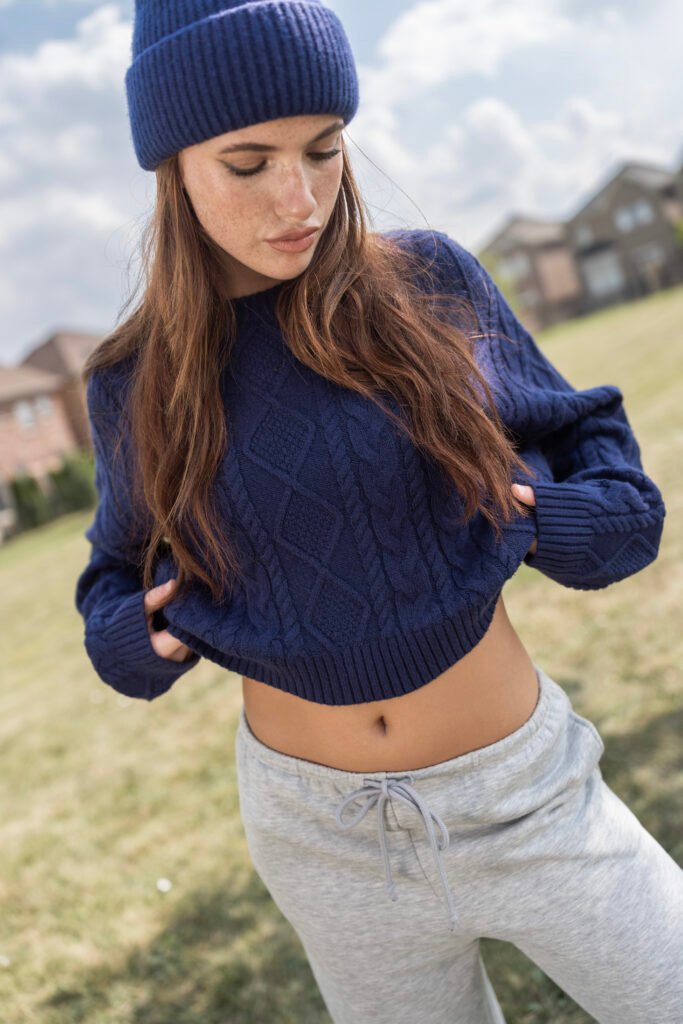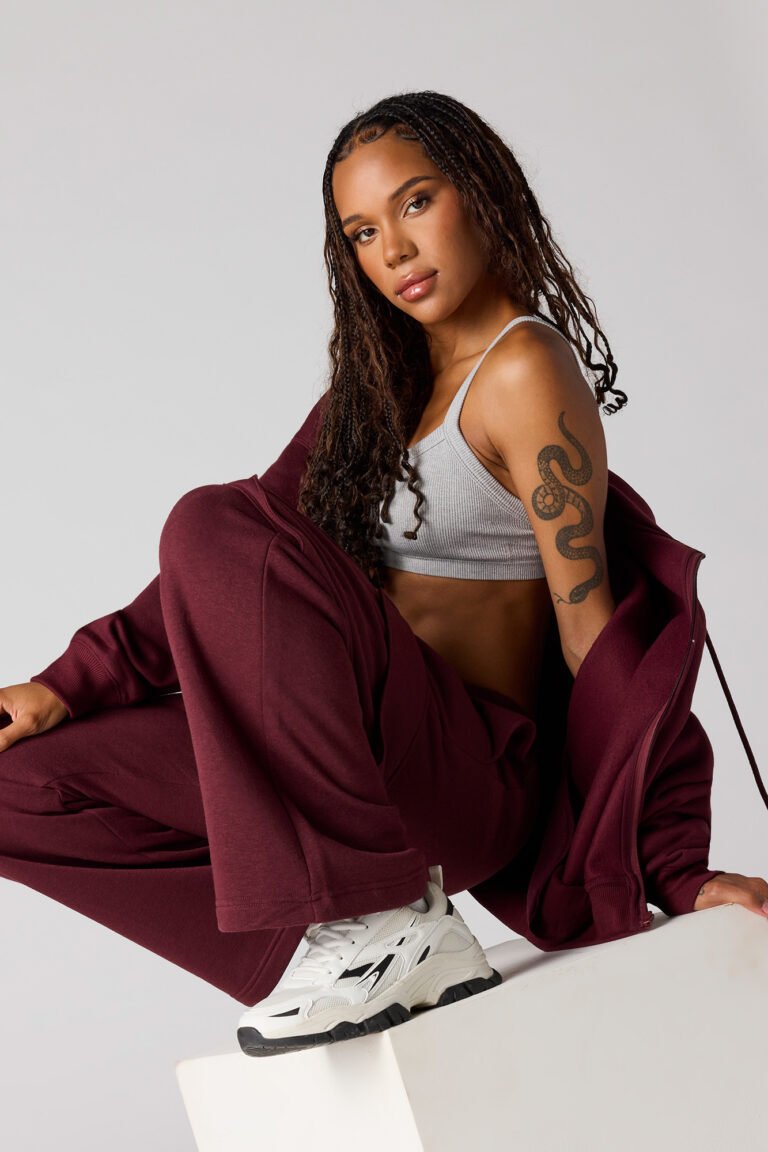
Real Results, Real Impact: Case Studies Proving Faster Turnaround & Superior Image Quality
The Industry Challenge — When Speed Compromises Quality
In eCommerce, speed is everything. But ask any brand manager or photographer, and they’ll tell you: the faster the image delivery, the higher the risk of quality drop.
That’s the battle between Team A and Team B —
Team A: races against deadlines, prioritizing volume over polish.
Team B: takes their time, producing flawless visuals — but misses market moments.
What if you didn’t have to choose?
That’s the question we set out to answer through our latest case studies.
Fashion Retailer Cuts Turnaround by 40% Without Losing Detail
Client: A leading fast-fashion eCommerce brand
Challenge: Hundreds of SKUs per week. Tight launch timelines. Frequent product drops meant photography teams were constantly behind schedule.
Before:
Average turnaround time: 5–6 days per batch
Inconsistent skin tones & color mismatches across images
Heavy revisions after delivery
After implementing our optimized workflow:
Turnaround reduced to 3 days (a 40% improvement)
Color consistency improved by 95% across catalog
Revision requests dropped by 60%
Key to success:
A hybrid approach — automated base corrections for speed, followed by manual fine-tuning by senior editors for skin, fabric, and tone precision.
The result? A campaign that went live ahead of schedule — and looked better than before.
Jewelry Brand Achieves 2× Sharper Output with Same-Day Delivery
Client: A luxury jewelry brand selling online and through social media
Challenge: High-volume festive campaign with hundreds of close-up shots. Every gemstone had to sparkle — no exceptions.
Before:
Manual editing pipeline took 3–4 days
Images lacked clarity and depth in macro details
Solution:
We built a custom retouching workflow focused on texture enhancement and light mapping — ensuring every stone reflected true brilliance without over-retouching.
Results:
Same-day delivery for 120+ high-res images
Sharpness increased by 2× (measured via visual detail ratio metrics)
Client reported 20% higher engagement rate on social posts
Speed met quality — perfectly balanced.

Electronics Brand Boosts Efficiency with Workflow Automation
Client: Consumer electronics marketplace
Challenge: Managing high SKU counts for holiday season uploads, with varying lighting setups and reflections on glossy surfaces.
Before:
Inconsistent color profiles due to mixed lighting
Average turnaround: 7 days
25% images required rework
After optimization:
Turnaround reduced to 2.5 days
Rework rate dropped to under 5%
Color calibration accuracy: 99% (tested across multiple devices)
How:
A mix of calibrated color references, AI-assisted defect detection, and multi-level QA ensured every product looked identical across the website and app.
This wasn’t just faster — it was smarter.
The Takeaway — Quality and Speed Can Coexist
These case studies prove that speed and quality don’t have to compete. When workflows are built on precision editing, smart automation, and layered quality checks, the results speak for themselves:
Faster delivery cycles
Higher visual consistency
Improved brand trust
In eCommerce imagery, the real win isn’t just how fast you deliver — it’s how confidently your visuals sell.

Final Thought
The best imagery doesn’t just meet deadlines. It defines them.
And for brands that rely on visuals to convert, optimized editing workflows aren’t a luxury — they’re a competitive edge.
By MubyTech
Global Image Editing Partner
Global Image Editing Partner